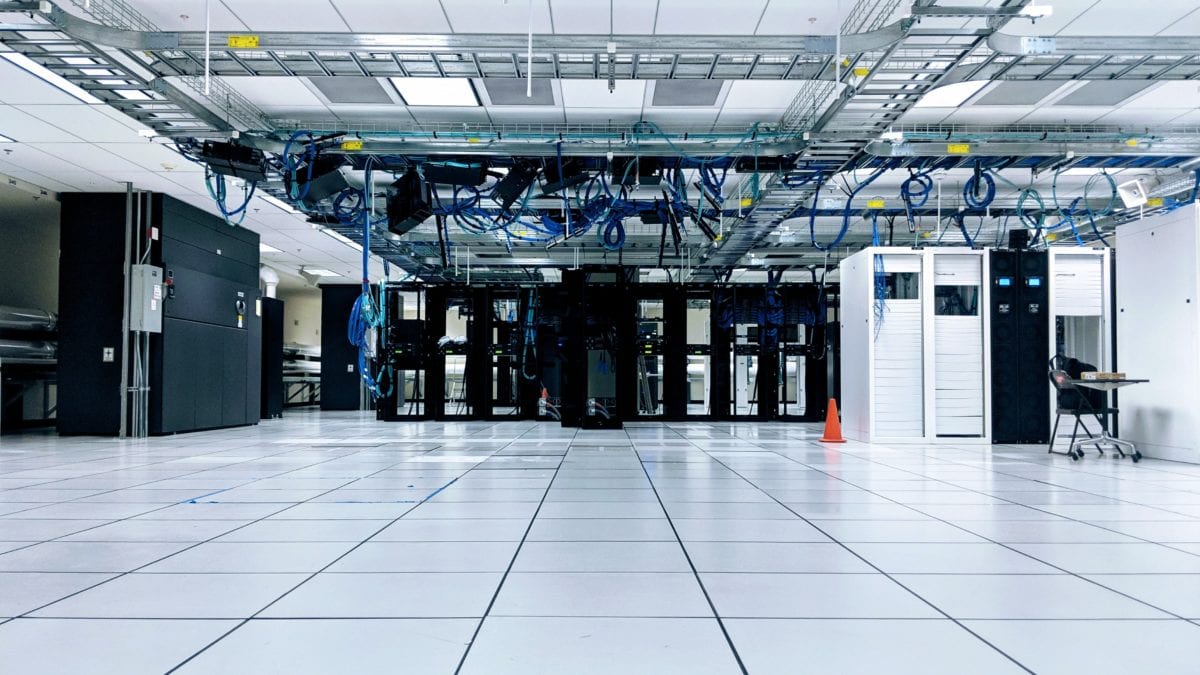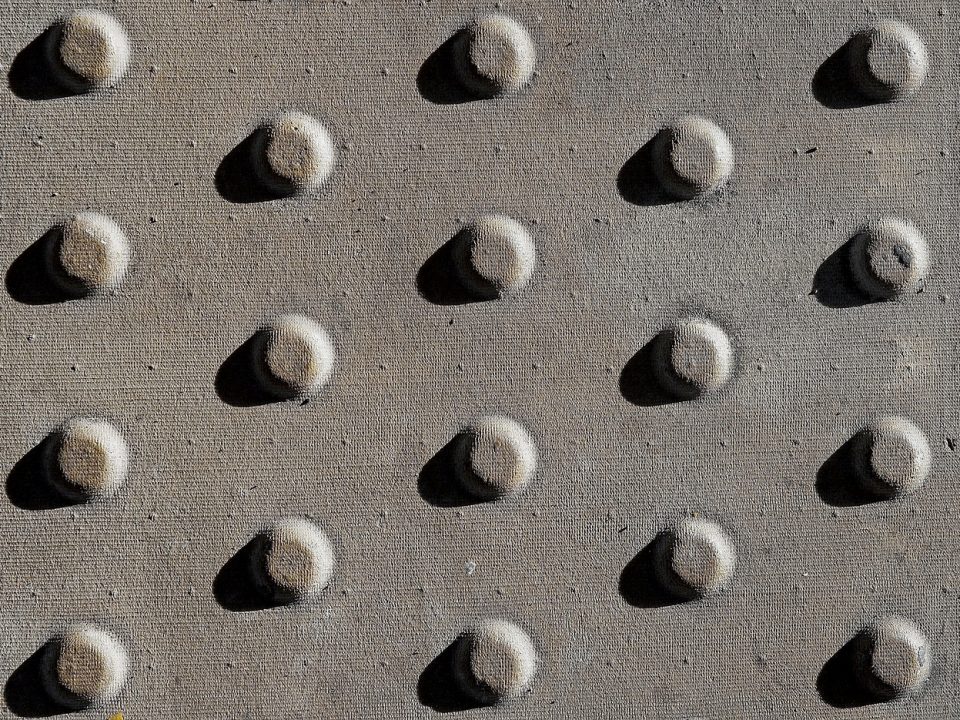What is ESD Flooring and Why is it Important?

Tactile Flooring What is it & Why is it Important?
August 19, 2023ESD flooring, also known as electrostatic discharge flooring or anti-static flooring, plays a crucial role in various industries where static electricity poses a significant risk. It is designed to control and dissipate static charges, preventing damage to sensitive electronic equipment and ensuring the safety of workers.
Static electricity can be generated by friction between different materials or surfaces, leading to electrostatic discharge (ESD). This discharge can potentially harm electronic components, disrupt sensitive processes, or even cause explosions in environments with flammable substances.
ESD flooring provides a conductive or dissipative pathway for static charges to flow safely to ground. It helps maintain an electrostatically neutral environment by minimising the build-up of static electricity. This type of specialised flooring is commonly used in areas such as electronics manufacturing facilities, laboratories, cleanrooms, data centres, healthcare facilities, and other environments where static-sensitive equipment or processes are present.
The Different Types of ESD Flooring Materials and Their Features
When it comes to ensuring electrostatic discharge (ESD) control in sensitive environments, using the right type of flooring material is crucial. There are different types of ESD flooring materials available, each with its own unique features and benefits.
- Conductive flooring is designed to provide a low-resistance path for the dissipation of static electricity. It is typically made from materials such as carbon or copper, which have excellent conductivity properties. Conductive flooring helps to prevent the build-up of static charges and directs them safely towards grounded points.
- Dissipative flooring, on the other hand, offers a higher level of resistance compared to conductive flooring. This type of flooring material allows for controlled dissipation of static charges without creating any sparks. Dissipative floors are commonly used in environments where a certain level of resistance is required for safety reasons.
- Static dissipative carpet tiles combine the comfort and aesthetics of carpet with ESD control properties. These tiles are designed to minimise the static generation and provide effective grounding capabilities. Static dissipative carpet tiles are often used in offices or commercial spaces where both ESD control and visual appeal are important.
- Epoxy coatings are another popular choice for ESD control in various industries. These coatings can be applied over existing concrete or other floor surfaces to create a seamless, durable, and conductive surface that effectively dissipates static charges. Epoxy coatings offer excellent chemical resistance and can be customised with different finishes for added aesthetics.
In summary, selecting the right type of ESD flooring material depends on factors such as the specific requirements of the environment, desired level of conductivity or resistance, durability needs, and aesthetic preferences. Understanding the features and benefits offered by conductive flooring, dissipative flooring, static dissipative carpet tiles, and epoxy coatings can help you make an informed decision when it comes to implementing effective ESD control measures in your space.
The Benefits of Using ESD Flooring in Various Industries
One of the primary advantages of using ESD flooring is its ability to provide effective protection against electrostatic discharge. In manufacturing facilities where electronic components are handled, even a small static spark can cause significant damage. ESD flooring helps to dissipate static charges safely, preventing costly damage to sensitive equipment and reducing the risk of electrical shock for personnel.
Cleanrooms and laboratories also greatly benefit from ESD flooring. These controlled environments require meticulous attention to cleanliness and precision. Static electricity can attract dust particles or disrupt delicate experiments, leading to contamination or inaccurate results. ESD flooring eliminates static charges that could interfere with sensitive processes, ensuring optimal conditions for research, testing, or production.
In electronics assembly plants where intricate circuitry is involved, ESD protection is paramount. Static discharge can irreversibly damage electronic components during handling or assembly stages. By implementing ESD flooring throughout these facilities, manufacturers can significantly reduce the risk of costly defects caused by electrostatic discharge.
Overall, the use of ESD flooringprovides an essential safeguard against electrostatic discharge in industries where it is critical to maintain high levels of product quality and safety. From protecting valuable equipment in manufacturing facilities to ensuring cleanroom integrity and preventing damage during electronics assembly processes – investing in ESD flooring proves beneficial across various sectors requiring protection against static electricity hazards.
Contact JDF To Discuss Your Flooring Needs
JDF Flooring are expert installers in a variety of flooring solutions including ESD Flooring. Contact us today for a quotation.





